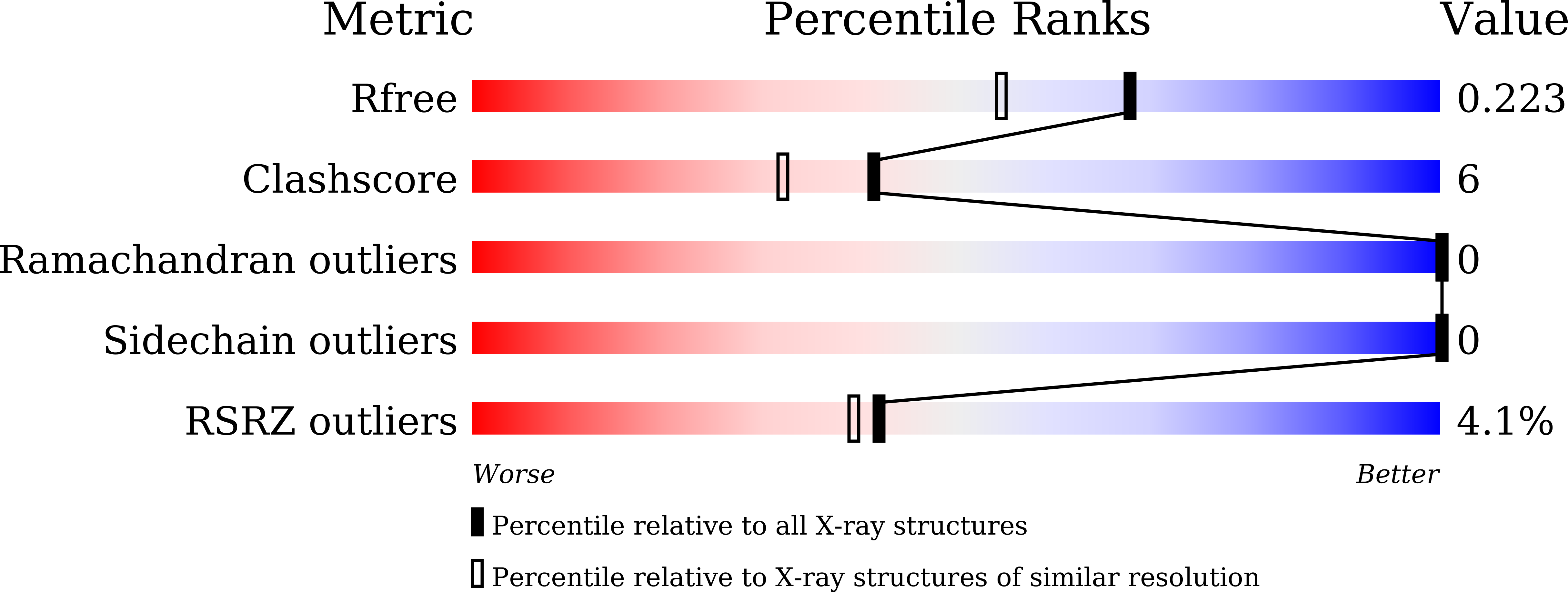
Deposition Date
2025-03-21
Release Date
2025-07-30
Last Version Date
2025-10-29
Method Details:
Experimental Method:
Resolution:
1.80 Å
R-Value Free:
0.21
R-Value Work:
0.17
R-Value Observed:
0.17
Space Group:
H 3 2


